Catch, appreciate, and return
Many supporters of the Wild Carp Trust are anglers who love fishing and care passionately about the health of the natural, aquatic, environment. Angling for them is a way of getting close to and appreciating fish. Heritage carp are seen as a precious resource that should be handled respectfully, always being safely returned to the water after capture. Nevernshould these fish be mishandled, deliberately injured or killed for food.
Our angling supporters are an eclectic bunch. Some are drawn to our oldest strains of carp though an appreciation of the traditions and heritage of angling, whereas some see fishing for wildies as progressive and a way of bucking the trend for ‘biggest is best’. Most share a hunger for adventure that comes from searching for ‘lost’ lakes and ‘forgotten’ strains of fish, all bound by the seemingly impossible quest to discover and fish for an ancient strain of carp that has existed undisturbed for centuries.
Please see the Wild Carp Trust Blog for our latest fishing activities and achievements.
Travel light, fish simply
To aid their search, wild carp enthusiasts tend to travel light and fish simply – stalking fish and using only one rod. In doing so, they often find themselves journeying deep into the wilds of nature, perhaps staring at a carp while being high up a mountain. When it comes to fishing for wildies, a map, walking boots and a strong sense of direction are more useful than the barrowload of paraphernalia usually associated with carp fishing.
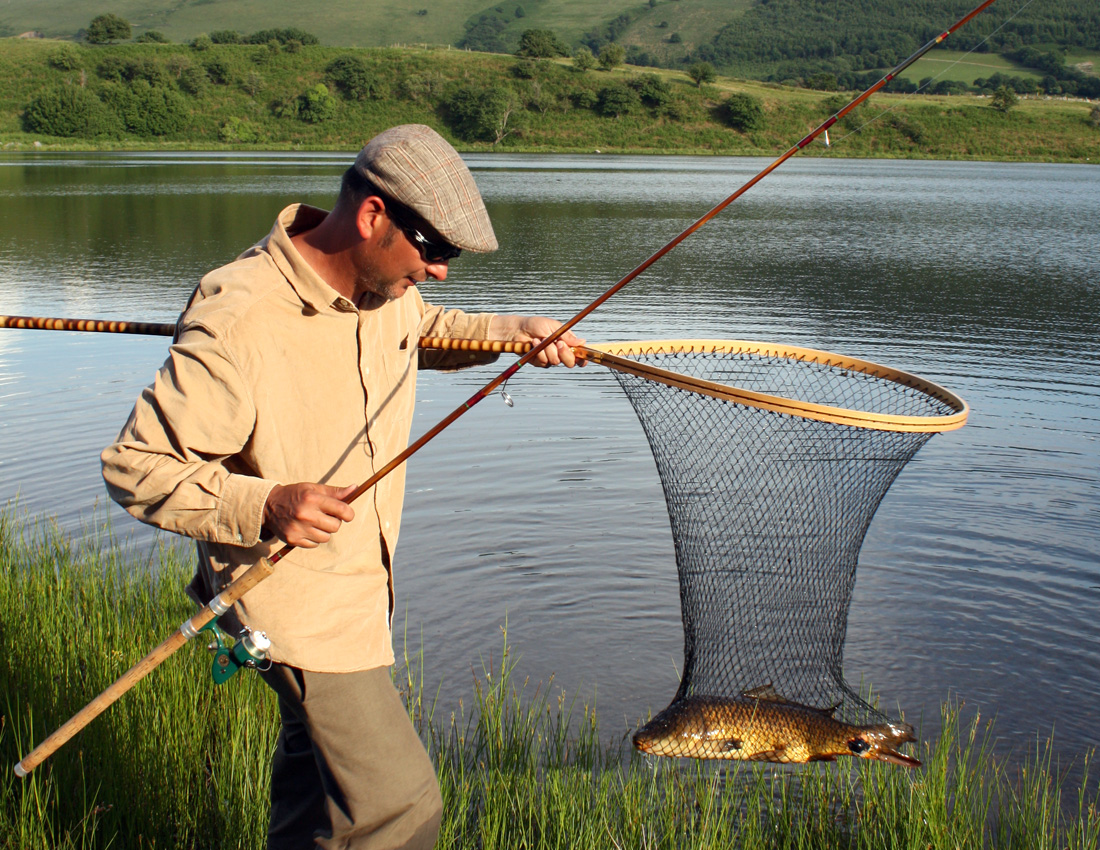
Hard to find, easy to catch?
Generally speaking, wildies are not difficult to catch. Usually they’ve existed without angling pressure, are fished for lightly, or exist in ‘hungry’ waters that may have high densities of fish or lack an abundance of natural food. Present something appetising to them, in a way that doesn’t spook them, and you’re likely to get a take. Watercraft, therefore, is more important than tackle or sophisticated rigs and tactics.
Old strains of feral carp don’t tend to get that big (5lb is average and anything over 10lb is huge), so wildie fishers can abandon the heavy tackle normally used for king carp. Tackle is more likely to be similar to that used for tench (if bait fishing) or sea trout (if fly fishing).
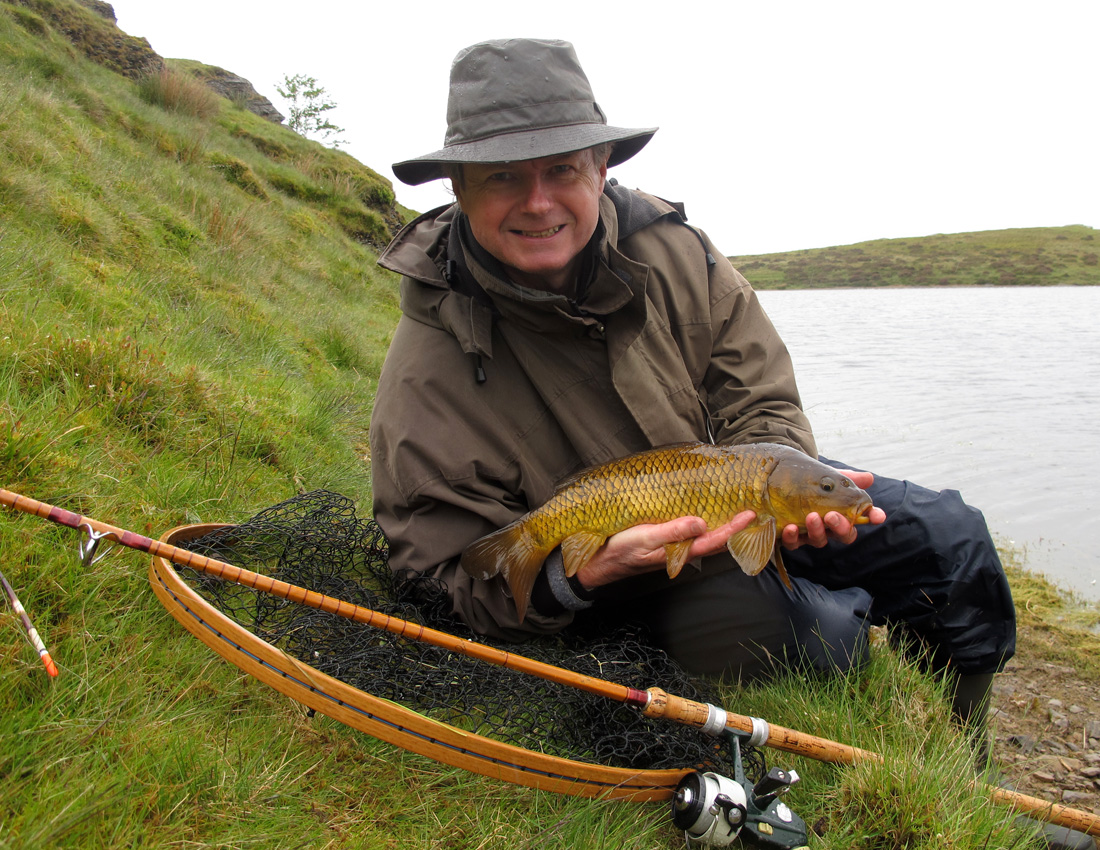
Progressive method
The latest trend in fishing for ‘wild’ carp, especially internationally, is to fly-fish for them. This progressive aspect of the sport is built upon the wild carp’s reputation as a hard-fighting sportfish. Their incredibly fast runs and near-relentless stamina have drawn comparisons to salmon and bonefish, presenting ‘the ultimate thrill’ on a fly rod. Fly fishing for wildies, using artificial flies that represent the carp’s natural diet, also supports a growing belief that these fish should remain as wild as possible and not be domesticated by getting them to eat artificial bait.
Wildies fight hard and take a lot of line on the initial run, so when fly fishing use a rod and reel that can take the strain. A 9ft, 7-8 weight rod would be suitable for most wild carp, perhaps switching to 8-10 weight for bigger carp or snaggier waters. Use a large arbour fly reel with a good disk brake, loading it with 100 yards of 20lb backing. Use a natural coloured fly line so not to spook the fish, choosing a weight forward taper to help you load the rod at close range. An 8-10ft leader is usually adequate, tapering to a 6lb tippet. Go heavier if you expect to have to play the fish hard amongst snaggy water.
Fly-wise, most imitative patterns will work; though seek those that suit a large, heavy gauge hook (size 6-10). Flies such as Woolly Bugger, Damsel, Deer Hair Sedge, Elk Hair Caddis, Flexi Bloodworm, Floating Snail and various nymph and crab patterns will work. And don’t ignore fry patterns; carp can be predatory, too.
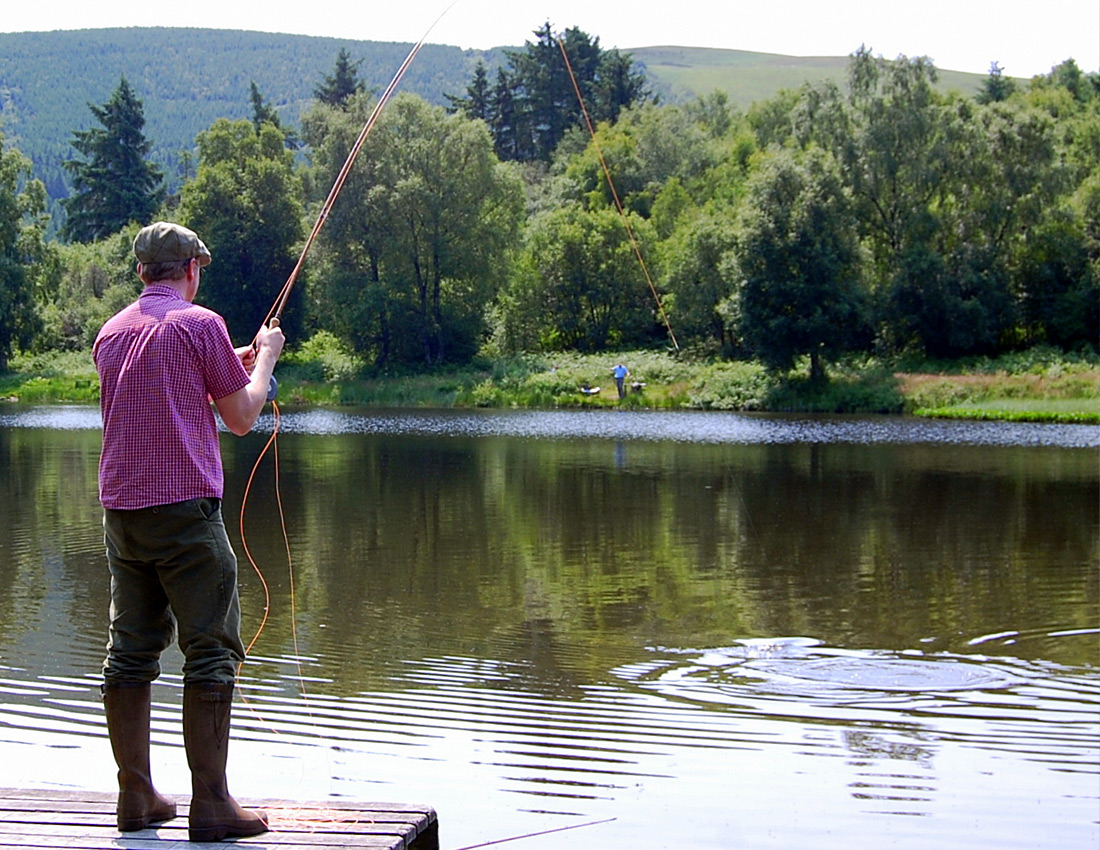
Traditional method
Traditionally, wildies are fished for using tackle and tactics as though one were pleasure fishing for tench. Often tackle is vintage, which lends itself to the timeless and frequently historic waters in which wildies live, but modern tackle is perfectly okay too. A through-actioned, 8-10ft spinning or ‘Avon’ style rod will suffice. Centrepin reels are popular, as are small fixed spool reels, loaded with 6-10lb line (heavier if fishing near to snags). Hook sizes are typically 6-8, with baits being side-hooked rather than hair-rigged.
To appreciate the fight of a wildie, use the least amount of weight possible on the line. Freelining for them is best if the carp can be caught close to the bank, otherwise use a float or light running leger if fishing further out. Keep baits simple: breadcrust or dog biscuits are good if fishing on the surface, or use worms, maggots, sweetcorn or luncheon meat if fishing on the bottom. Paste baits, such as bread paste or trout pellet paste, are popular if there aren’t too many small fish present that might whittle away the bait. Hempseed and small trout pellets work well as groundbait to attract the carp. Remember, though, that the search for wild carp is a journey where you travel to the fish and enter into their world, rather than bringing them into yours. So don’t use too much bait – just small patches to intercept patrolling fish.
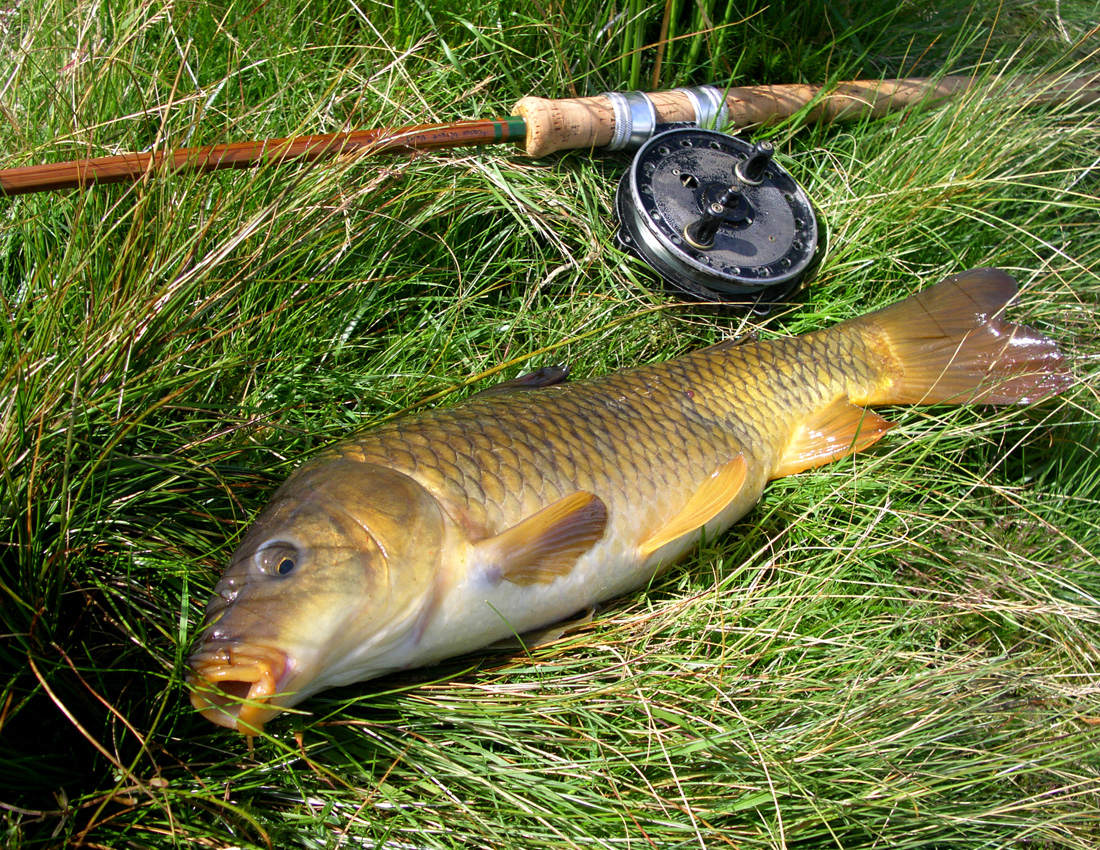
Fish welfare
Our oldest strains of carp should be treated with respect. They’re not as hardy as you might think. It’s very easy for them to lose protective slime, get their fins caught up in nets, or lose sales. They should be handled carefully and returned to the water quickly. Wildies will often fight hard, even after they’re in the net, so only unhook them in the water if safe to do so. It is better to use a landing net (latex-coated micro-mesh so not to split or catch their fins). If netting them, give them time to recover in the net before removing them from the water. Keep them wet when out of the water, pouring water over them as required. Never place them directly onto a rocky shore or dry bank. It’s good practice to always use an unhooking mat (the smaller ‘specialist’ ones for barbel and tench are ideal) or lay the fish on soft wet ground while unhooking them. Barbless hooks will cause less damage to the fishes’ mouths, and carry forceps to enable you to carefully remove the hook.
Photograph the fish if you want to, but please minimise the time that the wildie is out of the water. Wet your hands before touching the fish. Keep the fish low to the ground when posing with them for the camera. We rarely weigh wildies, but if you do then use a wetted weigh sling (of a size usually employed for barbel or tench). Never, ever, weigh or hold them by the gills. If needing to secure them for a while, a carp sack/retaining sling should be used rather than a keep net (we’ve seen some terrible damage to wildies kept in so-called ‘carp friendly’ keep nets). When returning the fish, keep it in the net so to remove any risk of it being dropped. Once it’s back in the water, ensure that the fish can ‘right’ itself (rather than rolling belly up). If it does start to turn over, hold the fish by the wrist of its tail to keep it upright until it can do so on its own. Only when it can right itself should it be allowed to swim away – usually with a lightning-fast dash to freedom.
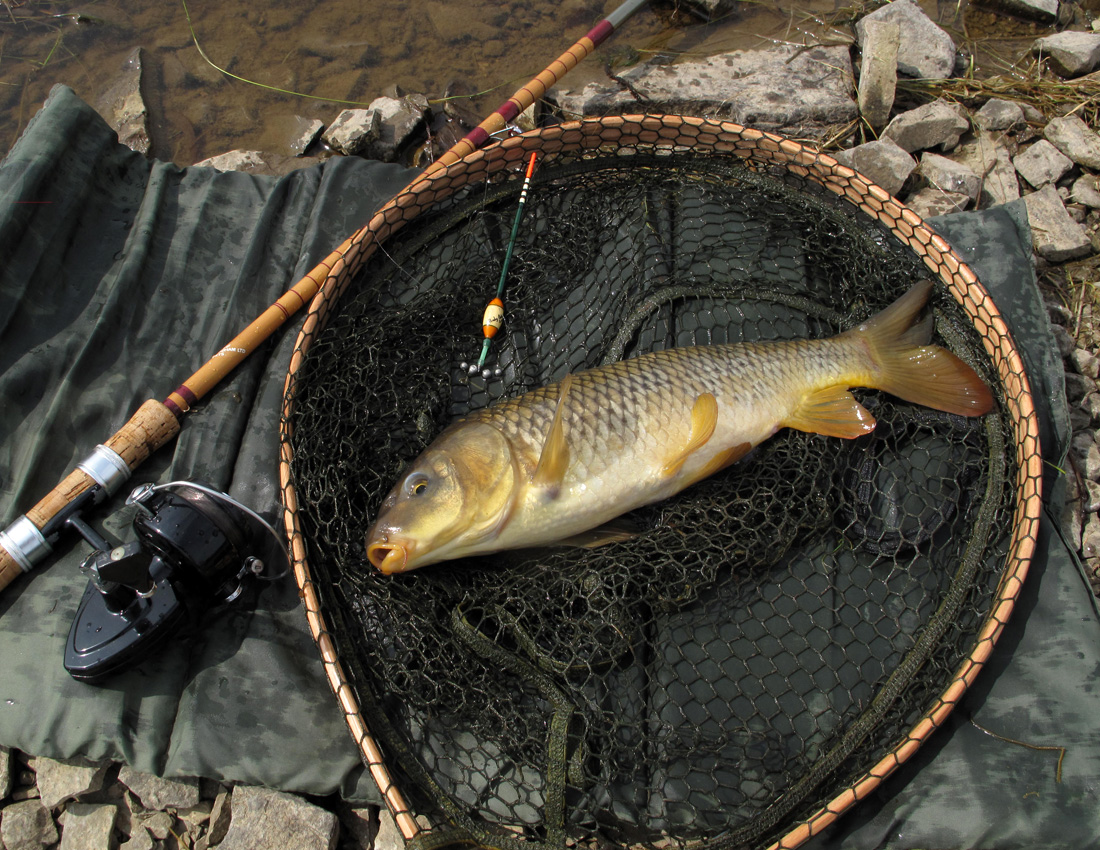
More information about fishing for our oldest strains of carp
Our annual publication ‘Wild Carp’ features stories of fishing for wildies. You might also like to read:
Books about fly fishing for carp
- Carp on the Fly, by Barry Reynolds, Brad Refus and John Berryman
- Carp are Gamefish, by George von Schrader
- The Best Carp Flies, by Jay Zimmerman
- The Orvis Beginners Guide to Carp Flies, by Dan Frasier
Books about traditional fishing for carp
- Confessions of a Carp Fisher, by BB
- Wild Carp, by Fennel Hudson
- Casting at the Sun, by Chris Yates
- A Coming of Age, by Stuart Harris
- Casting for Gold, by John Bailey
- A History of Carp Fishing Revisited, Kevin Clifford
- Aphrodite’s Carp, by John Langridge
- The Secret Carp, by Chris Yates